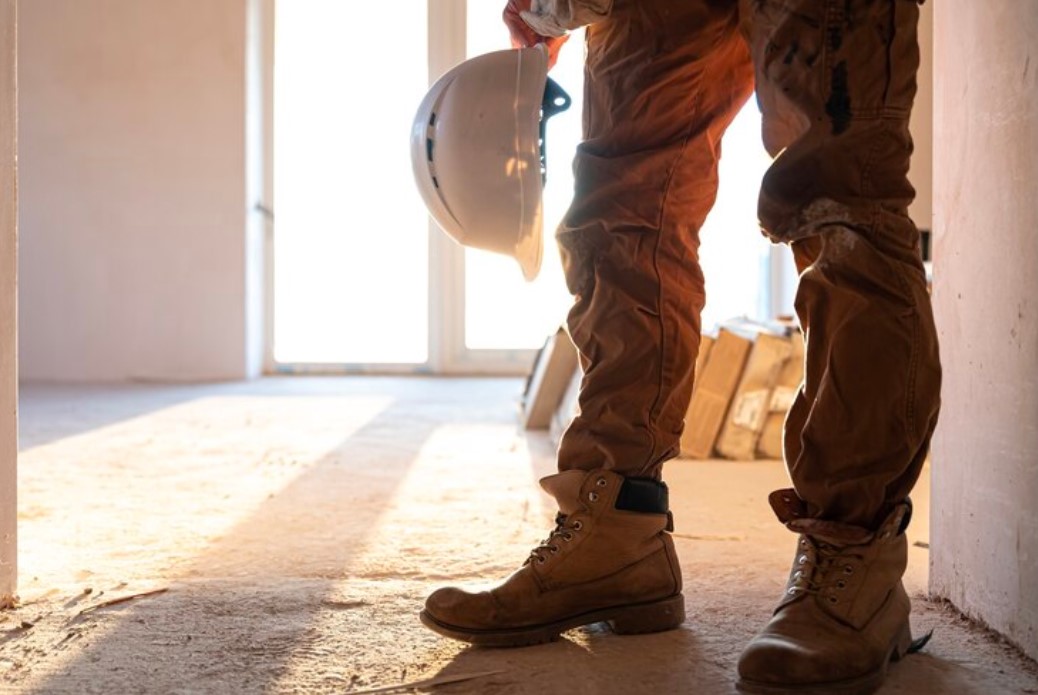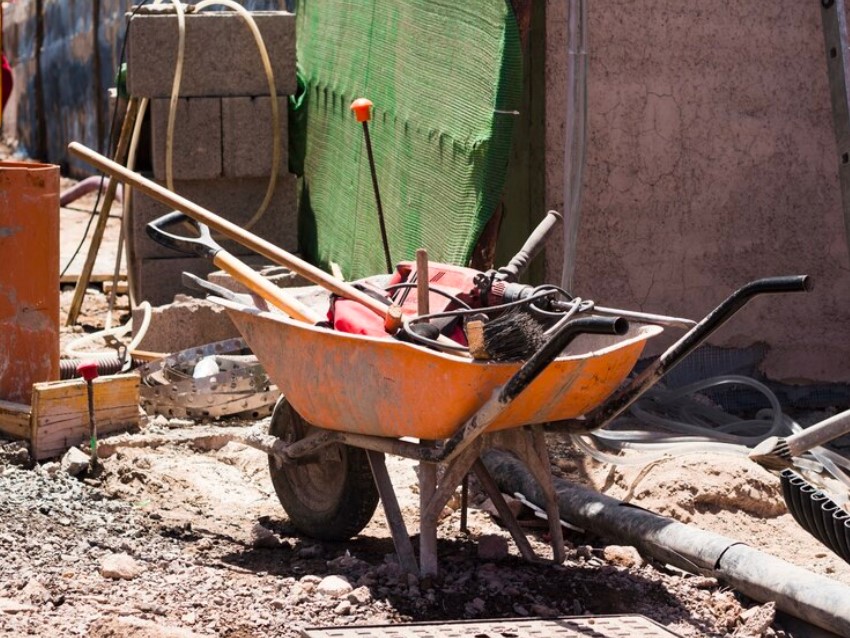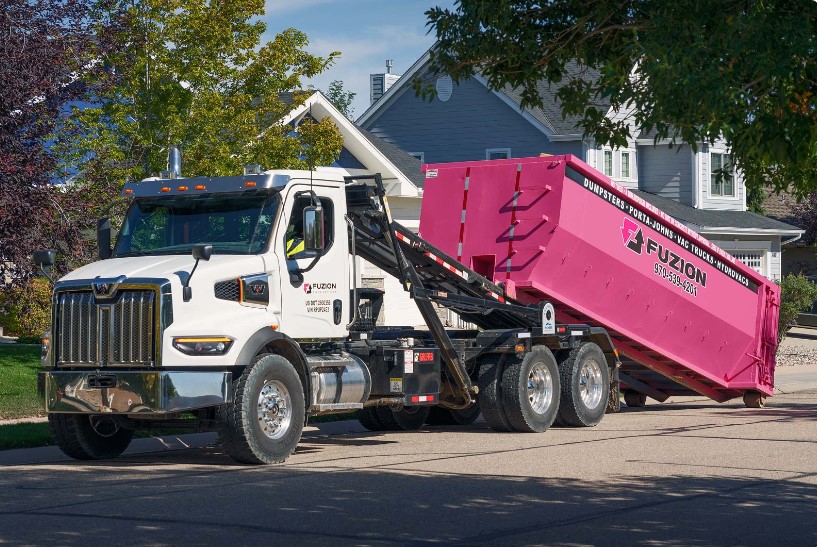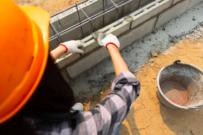Clean & Safe: Mastering Jobsite Cleanup for a Secure Workplace


Ryan Shure
Ryan Shure is the dedicated Associate Editor at Building Product Advisor. With experience in writing and editing with a strong focus on aiding homeowners, contractors, and architects in discovering cost-effective materials and construction methods that enhance energy efficiency and property value. With a passion for guiding industry professionals and homeowners alike, Ryan plays a crucial role in shaping the valuable content and insights offered by BPA.
A well-organized and clean job site is not just a matter of appearances- it plays a crucial role of ensuring safety and security to any jobsite. A tidy space reduces the chances of accidents, promotes better focus, and boosts employee morale. Plus, it sends a clear message that the organization values the health and safety of its workforce, creating a positive atmosphere for everyone to work in. Whether you’re a seasoned contractor or a novice remodeler, maintaining a clean jobsite should always be top priority.
Importance of a Clean Jobsite
Safety First
The most important reason to have a well-organized job site is obviously, safety. When a jobsite is clean and free of debris and tools, it significantly reduces the risk of accidents. Slips, trips, and falls from an unkept work environment are among the most common workplace accidents. Proper organization and cleanup prevent these common hazards.
Productivity Boost
When the work environment is organized and clean, productivity increases among employees. Putting tools and other work materials back in their proper locations makes finding them when you need them much easier, increasing employee productivity.
Professional Image
A clean jobsite not only reflects positively on you but also on your business. It shows that the company pays attention to even the smallest details, which can translate into a perception of thoroughness and precision in its work. A clean and organized work environment also instills confidence in clients and can lead to more referrals and repeat business.

Environmental Responsibility
Proper waste disposal and recycling are essential for minimizing your project’s impact on the environment. A clean job site reduces the likelihood of pollutants, such as construction debris, chemicals, and waste materials, contaminating the soil and nearby water sources. Preventing environmental pollution is often a point of emphasis with clients, owners and governmental agencies.
Top Tips for Keeping Your Jobsite Clean:
1. Establish a Cleanup Routine
Create a daily routine of cleaning up your workspace environment at the end of the day. Set aside time at the beginning and the end of each workday to clean and clear away debris, organize materials for the next day, and return tools to their appropriate areas. Having a clean and tidy workspace not only promotes a healthy work environment but it also prolongs the life of your tools and equipment.
2. Designate Storage Areas
Designate specific areas for storage or other work materials and waste. Clearly label these areas so all work employees are aware and can help properly put away materials. Having designated areas for tools in a workspace is like having a roadmap for efficiency. It simplifies the search for tools, cutting down on wasted time and frustration. The organization minimizes clutter, reducing the risk factor and creates a safer work environment. When tools have a home, it encourages a sense of responsibility among team members, promoting accountability.
3. Use Proper Trash Receptacles
Have appropriate dumpsters for trash and recycling on site. Encourage your team to properly discard waste and empty the containers regularly. “With a dumpster on site, you’re not just managing waste; you’re optimizing productivity, enhancing safety, and leaving a positive impression on clients. It's the key to transforming a chaotic jobsite into a well-organized and efficient work environment." Ash Janssen, Owner of Fuzion Field Services said.

4. Encourage Safety
Ensure that proper safety gear like hard hats, gloves, and first aid supplies are readily accessible and stored in a clean and organized manner. Educate your team in the importance of using Personal Protective Equipment (PPE) so they understand how and why to protect themselves. This can be accomplished through training and a consistent safety culture.
5. Regular Inspections
Conduct routine inspections to identify potential hazards, like loose nails, damaged tools and chemical spills. When you encounter a chemical spill on the job site, ensure that you use an appropriate chemical cleaner, such as a concrete and masonry cleaner, for the proper cleanup. Fixing issues promptly helps to maintain a safe and environmentally friendly environment.
6. Plan for Waste Management
Develop a waste management plan, including the proper disposal of hazardous materials in a way that is also safe for the local environment. Comply with local regulations and consider recycling options whenever possible.
7. Client Communication
If you’re working on a client’s property, keep them informed about your cleanup efforts. Show them that you’re committed to leaving their property in a better condition than when you arrived.
A Clean Jobsite is a Safe Jobsite
Maintaining a clean and organized job site is crucial in any industry. It forms the basis for safety, reducing the chances of accidents and creating a secure work environment. Efficiency and productivity flourish in such conditions, ensuring that projects are completed on time and within budget. A well-kept site reflects professionalism, instilling trust in clients and setting companies apart in competitive markets. Furthermore, it demonstrates environmental responsibility, aligning with the increasing focus on sustainability and adherence to regulations.
Get Smarter About Building Products
Join 50,000+ subscribers and get our 3 min daily newsletter on what matters in the building materials industry.
You might like this


Toolbox Treasures: Exploring Must-Have Construction Components
Constructing a building, whether it’s a towering skyscraper or a cozy home, is a complex puzzle that requires a skilled hand and the right set of tools. In the world of construction, having the right components in your toolbox can make all the difference. From sealers that protect against the elements to essential hardware that […]


7 Advantages of Insulated Concrete Forms (ICFs) in Sustainable Construction
In the ever-evolving landscape of construction, the emphasis on sustainable building practices has become paramount. Among the innovative solutions revolutionizing the industry, Insulated Concrete Forms (ICFs) stand out as a versatile and eco-friendly alternative, offering a myriad of advantages in the realm of sustainable construction. 1. Energy Efficiency at its Core At the heart of […]


7 Benefits of ACM Panels: A Versatile Building Material
In the ever-evolving field of construction and architecture, choosing the right materials can make all the difference in the outcome of a project. One such versatile material that has gained popularity in recent years is ACM, or Aluminum Composite Material, panels. ACM panels are renowned for their unique combination of properties, making them suitable for […]